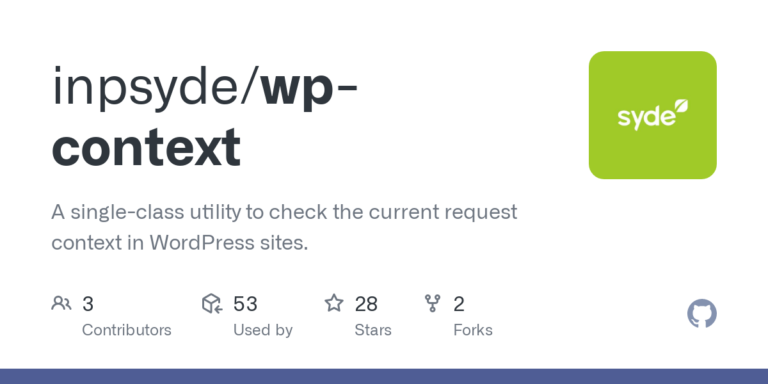From Habla et al. (2024):
Using a representative survey with 1317 individuals and 12,815 moral decisions, we elicit Swedish citizens’ preferences on how algorithms for self-driving cars should be programmed in cases of unavoidable harm to humans. Participants’ choices in different dilemma situations (treatments) show that, at the margin, the average respondent values the lives of passengers and pedestrians equally when both groups are homogeneous and no group is to blame for the dilemma. In comparison, the respondent values the lives of passengers more when the pedestrians violate a social norm, and less when the pedestrians are children. Furthermore, we explain why the average respondent in the control treatment needs to be compensated with two to six passengers spared in order to sacrifice the first pedestrian, even though she values the lives of passengers and pedestrians equally at the margin. We conclude that respondents’ choices are highly contextual and consider the age of the persons involved and whether these persons have complied with social norms.
Making these types of decisions will be increasingly necessary with autonomous vehicles. At the same time, there is a risk that these tradeoffs are not made transparent since the entity making these decisions certainly will be criticized for any tradeoff made.





